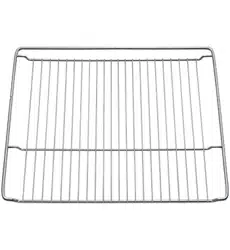Documents for Bosch HBA13B150A
The following documents are available:
User Manual
User Manual
- User Manual - (English) Read Online | Download pdf
- Bosch HBA13B150A 60cm Electric Built-In oven Specifications Sheet - (English) Download
- Photos: View Photos

